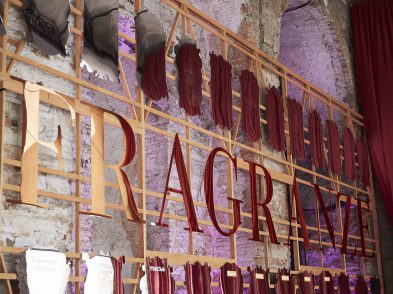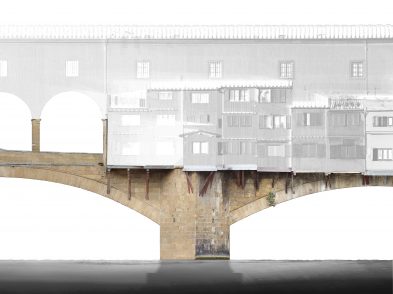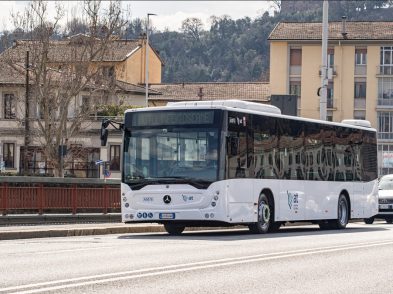Florence’s streets will soon be awash with a panoply of Pitti attendees. Their impeccably tailored, jubilant presence is par for the course each January and June, but with Pitti Immagine Uomo celebrating its 30th birthday this season, the volume of spectators and spectacles is set to balloon.
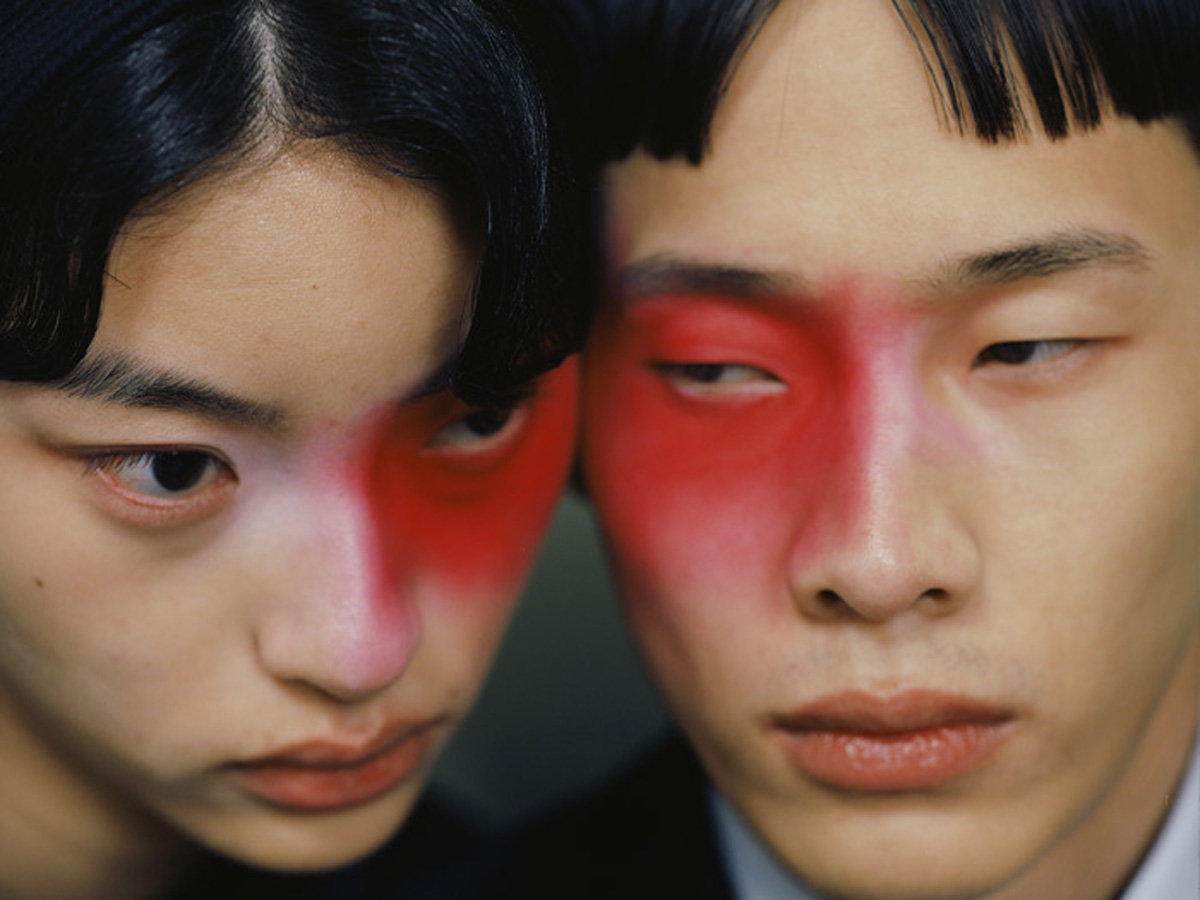
Fondazione Pitti Immagine Discovery and Shanghai Fashion Week present GUEST NATION CHINA.
The four-day calendar is bursting at the seams with collection launches, label debuts and a hotly anticipated guest designer’s slot, each event exalting the newfound malleability of menswear. Where past seasons were governed by suits and sharp tailoring—still wardrobe staples for most Pitti-goers, to be sure—the emergence of streetwear and non-binary silhouettes have shaken up the system, fashioned by a tsunami of international designers that descend upon Pitti. When the fair was first established, however, were its core values in line with its current incarnation?
By the time Pitti Uomo was established in 1972 (the addition of “Immagine” arrived three decades ago, in 1989), its founding philosophy—exhibiting the high calibre of Italian craftsmanship to global audiences—followed two decades’ worth of tireless graft by Giovanni Battista Giorgini. Frequently credited with Made in Italy’s genesis, he conjured up the first “High Italian Fashion Show” in 1951, which submerged the Palazzo Pitti’s Sala Bianca in a splendour of Italian womenswear. North America’s foremost retailers attended the runway, alongside a multitude of presentations that later followed, enrapturing them gave the nascent fashion industry a financial surge, whilst cementing the city’s status as inaugural Italian fashion capital. Pitti Uomo enjoyed success of an equally instant nature: in its formative years, a solid 90 percent of its designers and manufacturers were Italian, with four-fifths of the cumulative shows devoted to formalwear. This dedication to domestic craft saw then-emerging, earnest designers, stretching from Giorgio Armani to Ermenegildo Zegna, snowball into industry juggernauts, whilst injecting imagination into a domain once dominated by Paris and London; in the eyes of 1970s menswear critics, both cities had slipped into a pattern of staidness. The adjacent Gruppo Finanziario Tessile (GFT) played a pivotal role in Italian manufacturing, skyrocketing the nationwide quality of materials and production techniques. Their actions substantiated Pitti’s intent: to establish a coherent, high-calibre voice in fashion, its novel concepts and penchant for detail admired across the industry.
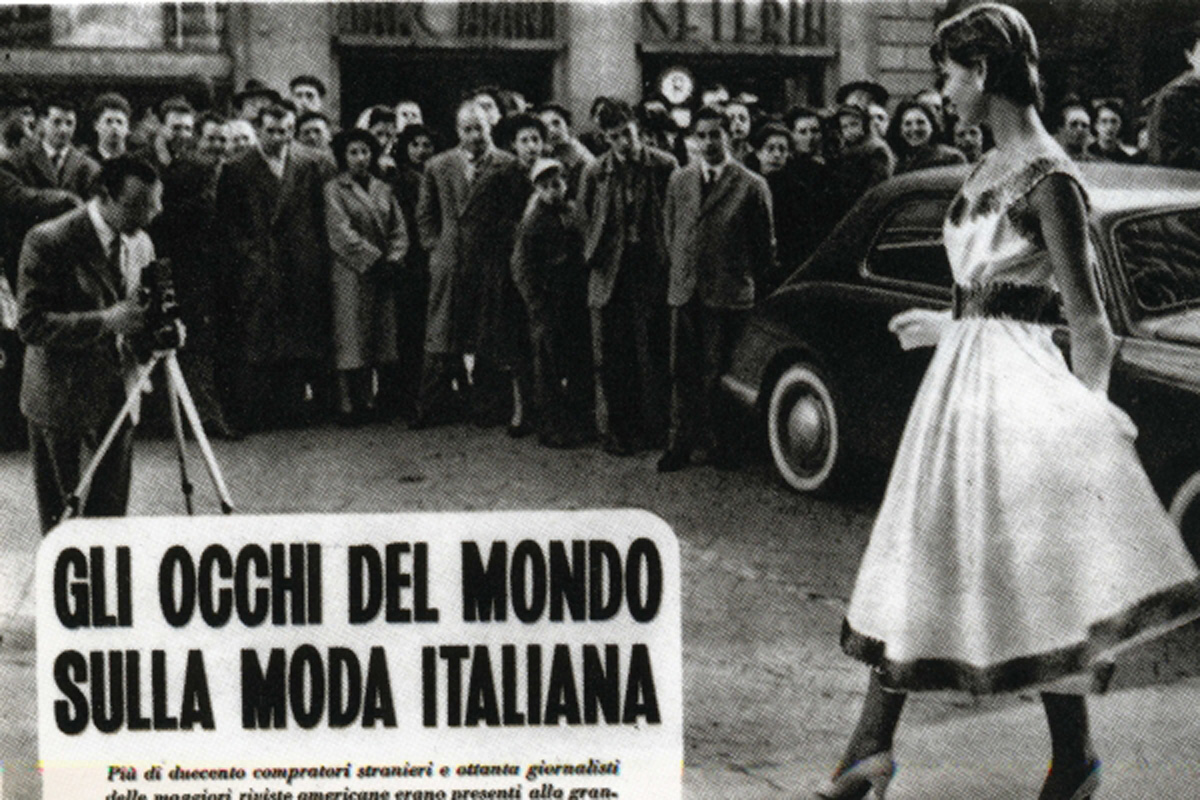
Fashion in 1950s Florence
As the Eighties evolved, Pitti swapped its beloved Sala Bianca for a fresh base in the Fortezza da Basso, denoting the fair’s considerable increase in scale. At this stage, Italy’s ties to quality fashion were iron-clad. Pitti Uomo’s parent company, the Centro di Firenze per la Moda Italiana (CFMI), appointed a new president, Marco Rivetti, in 1988—his arrival prompted the name change to Pitti Immagine Uomo, which teed up the formation of additional fairs: Pitti Immagine Bimbo, Pitti Immagine Filati and Pitti Immagine Casa. Central to Rivetti’s vision was turning the Pitti spotlight from national to international, thus nurturing the global chain of menswear design talents. At first, some Italian brands were reticent to this shift in focus, fearing their commercial activity would suffer but, in the eyes of its patrons and pioneering figures, exactly the opposite has occurred. Rather than be tempted to travel elsewhere, present-day buyers can find the most cutting-edge of menswear designers—both Italian and international—under the one Renaissance roof.
The menswear sector has progressed significantly in the past 30 years and, thanks to the visionary approach of Pitti’s main protagonists, the fair-cum-fashion-festival has somersaulted alongside it. Rather than ensnare itself in an archaic system, at risk of being left behind altogether, Pitti has embraced globalized markets and digital growth. Take Guest Nation, for example, a recurrent incubator project by Pitti Immagine Uomo Discovery, which crosses continents in its search for fledging fashion centres (and their brightest crop of young brands). Having previously spotlighted South Korean, Ukrainian and Australian designers in its endeavours, this season, in partnership with Shanghai Fashion Week, it will celebrate 10 Chinese design talents; their imaginative work entirely removed from “Made in China” clichés. The aforementioned Guest Designer slot has been bestowed upon Clare Waight Keller, Givenchy’s first female creative director: her June 12 showcase will mark the first menswear show by the brand. After decades of male creative directors hegemonizing womenswear, it’s refreshing to see a swell of role reversal; further afield, Grace Wales Bonner and Robyn Lynch are also ripping up the rulebook with their exceptionally crafted menswear. Established Italian designers are just as exalted this season: Milanese label MGSM will ring in its first decade with a catwalk show on June 13, whilst Marco de Vincenzo (already a power player in womenswear spheres) will launch his inaugural men’s collection on June 12. Preceding their showcases, Salvatore Ferragamo—helmed by Paul Andrew, who has keenly fused menswear and womenswear for several seasons now—will reveal their SS20 wares on June 11 in the majestic piazza della Signoria. (The square’s Neptune Fountain has recently completed restoration, funded by the same fashion house.)
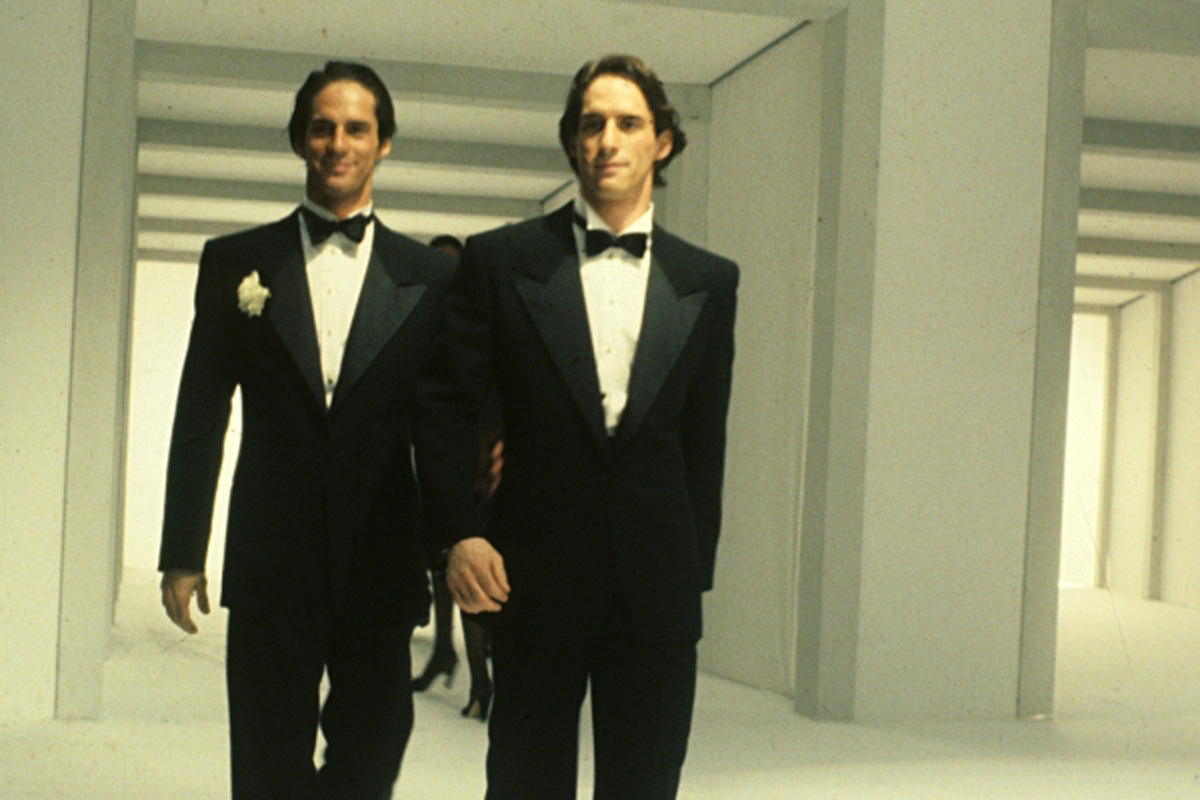
Fashion in Florence in 1972
As Antonella Mansi ascends to the title of CFMI president, Italy’s presence among the fashion industry’s tastemakers appears stronger than ever. So much of this sector across the globe is in urgent need of upheaval: a sustainable infrastructure, which succours small-scale production over mass consumption, should govern the system post-haste. Thanks to placing Italians and internationals on almost equal podiums—the ratio still stands at 60:40 respectively—Pitti is expertly poised to engage with whatever comes next.


